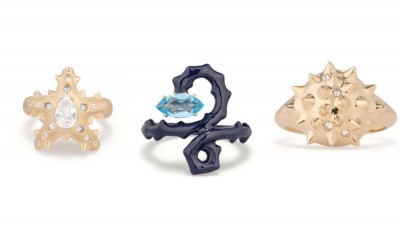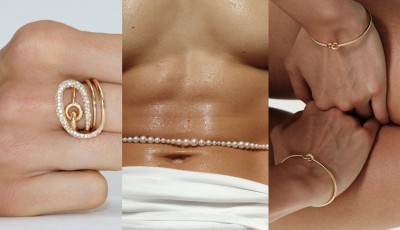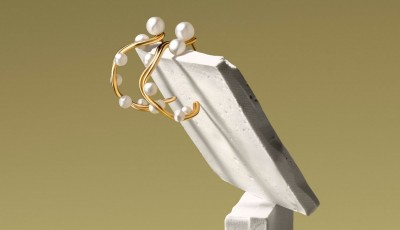Carlo Capasa between Fashion & Jewel
Yesterday, on the stage of VISIO.NEXT Summit, Carlo Capasa underlined the increasingly strong bond between VICENZAORO and the Italian National Chamber of Fashion Sustainable Fashion and Jewelry:
Are they already a reality? How to convert this into actual company green policies?
«Sustainability is one of the main pillars of the Italian National Chamber of Fashion strategy and the challenge of improving sustainability standards is fundamental in the clothing and accessories industry as well as in the goldsmith and jewelry industry. We started this work in 2012, with the publication of the Manifesto of Sustainability for Italian Fashion, a set of principles for the responsible management of fashion industry in each of its segments, sponsored by the Ministry for the Environment and the Protection of Land and Sea. In 2016 we published a first technical document, the Guidelines on eco-toxicological requirements for clothing and leather goods, footwear and accessories, to be followed in order to reduce the use of chemical substances that impact nature. Thanks to the work with the Sustainability Commission and the Sustainability Table, CNMI has defined a self-regulation code for all the fashion system brands.»
Fashion and VICENZAORO, that is to say to 'work the system'. Your vision of today jewelry world', as an entrepreneur and President of the CdM.
«Jewelry, of which the goldsmith sector is a fundamental component, has a decisive influence in fashion system economy, of which it represents almost 10% of turnover out of a total of € 87 billion in fashion and other related sectors. For this reason, the jewelry world is among our next objectives and working the system becomes an imperative to bring each single reality to raise production standards. With the same reliability applied on the fashion front, we will create a working group dedicated to the sustainable procurement of raw materials, including precious stones. Traceability, transparency in the supply chain and the definition of shared standards for the chains of custody of the materials and products are a crucial tool for any policy to reduce the environmental impact in production chains and also to guarantee consumers the sustainability of the products they buy. We are witnessing the transition from a 'certification culture', based on obtaining labels and certification marks by external bodies, to a 'culture of commitment and transparency' in which companies set sustainability goals, define a path to reach them and communicate the results of their actions to their stakeholders. This is also the philosophy of the 'Guidelines' published by the National Chamber of Italian Fashion.»
Can the environmental impact of the jewelry sector be quantified?
«Most of the environmental and social impact of the production of the gold and jewelry sector is mainly generated during the extraction of raw materials. The impact of the two sectors on natural resources is significant: the jewelry sector absorbs globally about 2,500 tons of gold, equal to 56% of the total gold supply (World Gold Council, 2016) and 64 thousand tons of silver, equal to 20 % of the total silver offer (The Silver Institute, 2016).»
Can raw material recycling contribute to sustainability?
«The theme of circular economy is one of the main focuses in the field of sustainability and the solution to the pressures on natural resources should be the recycling and reuse of materials. In the field of recycling, the goldsmith industry has a consolidated and advanced experience: According to data from the World Gold Council (2016), the share of recycled gold on the total offer is, on average over the last 5 years, equal to 30% after having reached a maximum of 42% during the 2008-2009 financial crisis. The majority (90%) of recycled gold is post-consumer, while the recovery of the one used in the various industrial processes, in particular in electrical and electronic products, constitutes the remaining 10%.»






